Matchmaking & Ranked Improvements | Winter Update
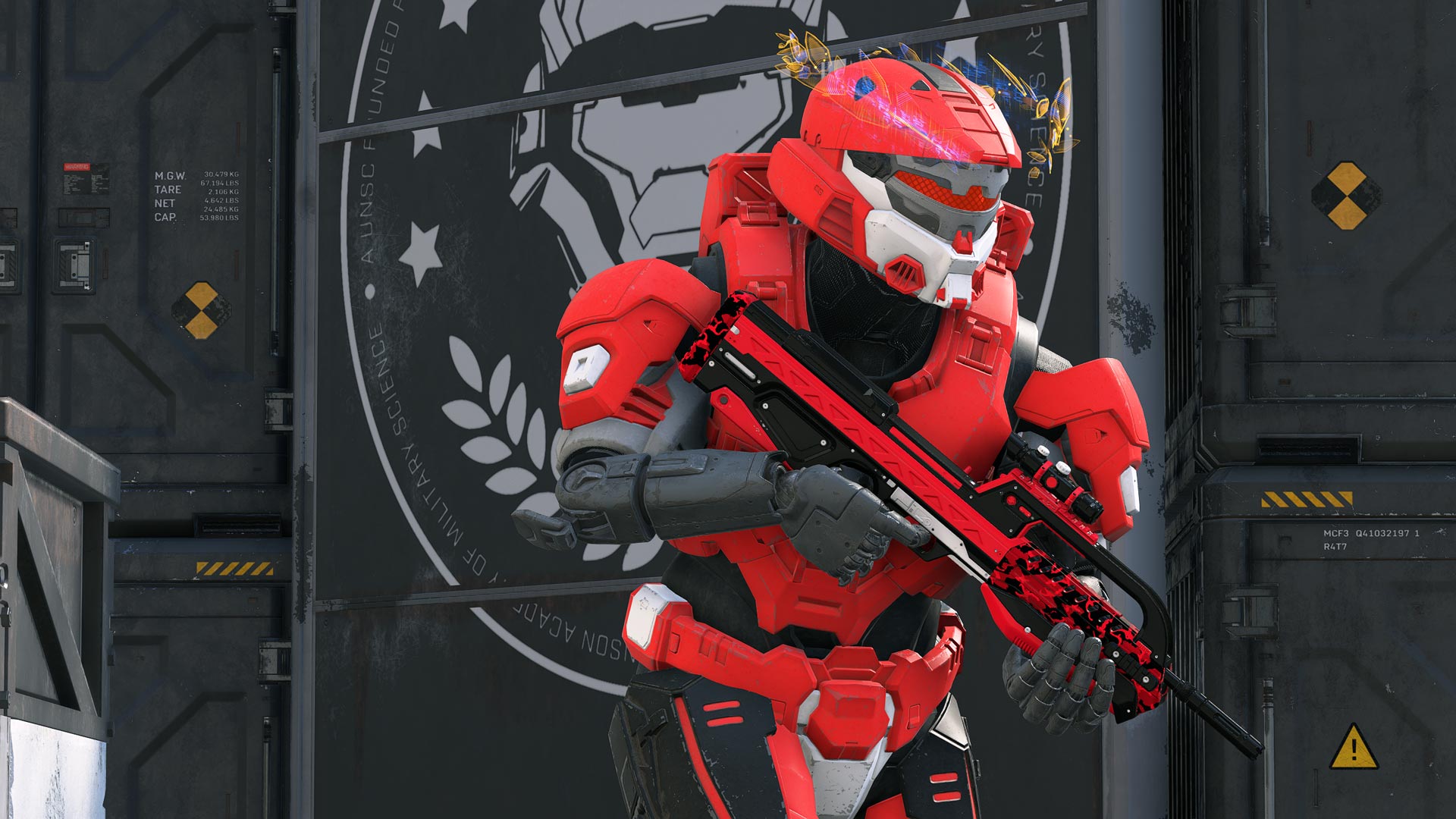
In today’s blog covering the improvements landing with the Winter Update, we’re focusing on a few substantial ways in which your matchmaking experience will improve in Halo Infinite.
Here's a TL;DR of these updates landing next week:
- Local Region Matchmaking will make its debut
- Improved logic for CSR progression
- Improved rules for quitting with uneven teams
- And more!
All these updates are great additions to Halo Infinite, so let’s dive into the details!
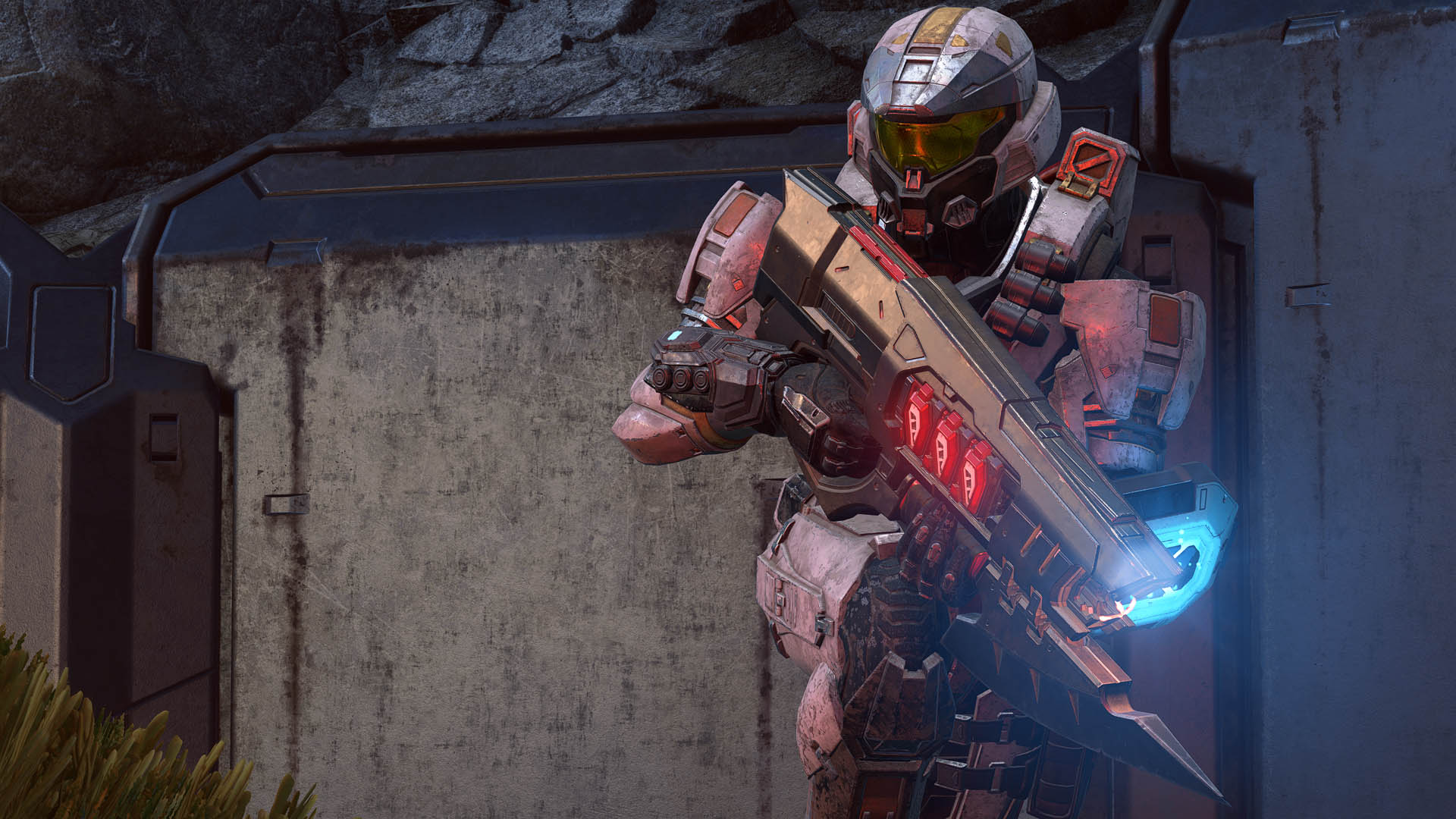
Local Region Matchmaking
We know that having good latency to the server is an important part of what makes Halo (or any FPS) fun, and we prioritize latency quite high within our matchmaking. However, we know that some folks want more control over their latency, so (as we discussed in a previous post) we’re working to give you that control. To that end, we’ve added a new feature that allows players to choose to match exclusively into games hosted within their local region.
This option can be found in the settings, under Gameplay->Matchmaking->Search Region. The default is “Expanded”, which is the existing behavior: we try to match you in your region but will allow matches outside. Changing the setting to “local” will limit your matches just to your region.
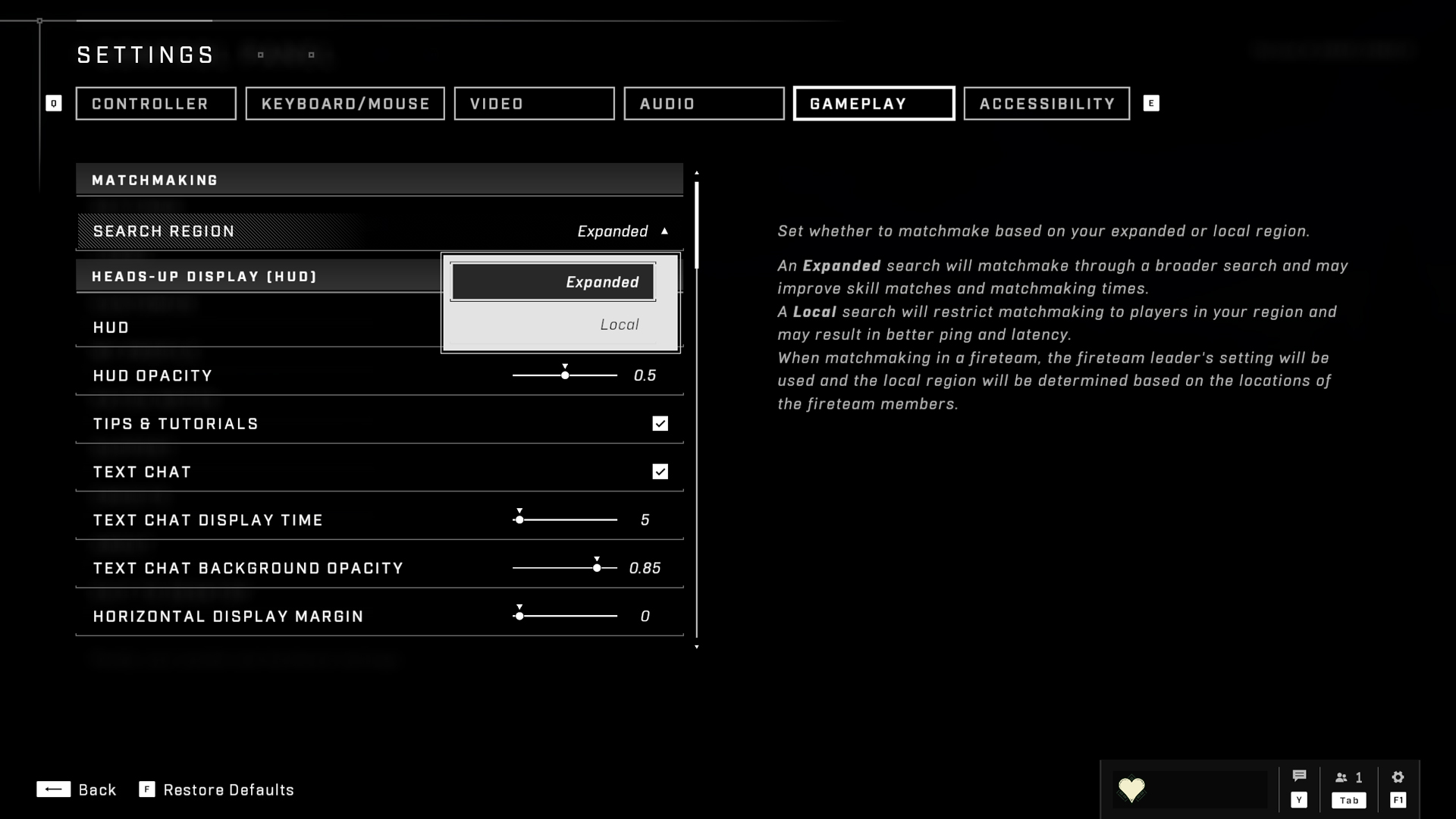
Choosing to search only in your local region will generally improve your latency to the server, because all your games will be played on a datacenter within that region. However, it may also increase your matchmaking time and reduce the fairness of matches you get.
We decide your local region based on the datacenters that you have the best ping to, and the regions we are currently using are:
- Asia
- Australia
- Brazil
- Europe
- North America
It’s important to note that each region may have multiple datacenters. So you still may see some change in ping from game to game as a different datacenter is chosen within your region depending on which of those datacenters is better for the players in the game.
A couple notes about how this feature works with fireteams:
- The Fireteam leader’s setting is used to determine whether a search region is “local” or “expanded”
- If the players in your fireteam are located in different regions, the matchmaking system will pick a single region that strikes the best balance for all the players in your Fireteam. So, for example, if your four-person fireteam has two players in Europe and two in Australia, it’s likely that your fireteam’s region will be set to Asia to get the best possible experience.
When this launches, please be sure to let us know how it feels. And, as a reminder, if you end up having long queues in your region, please try re-enabling “Expanded” to find matches faster.
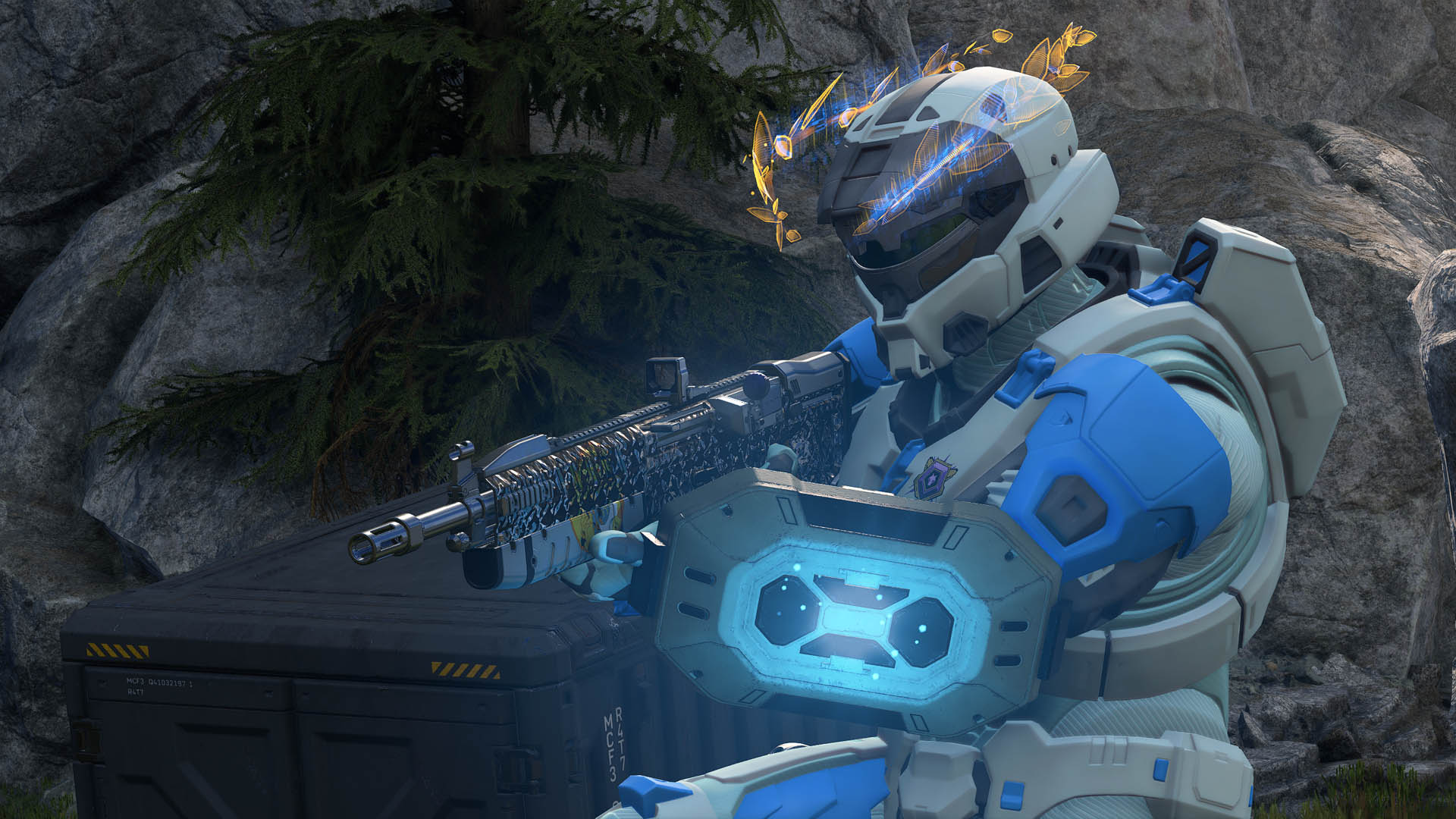
Updates to CSR
We’ve received a lot of feedback that the CSR progression doesn’t feel right, and that the CSR gains and losses were too closely based on personal statistical performance, which doesn't always represent the impact a player can have in the game. (e.g., communication, map positioning, spawning knowledge, etc.)
To address these concerns, we have overhauled the algorithm that determines CSR gains and losses after a match. We’ve made it more configurable and set up the configuration so that a win or loss for the whole team matters more than individual performance when determining the CSR gains and losses for each player.
We’d love to hear your feedback on how the new algorithm feels. We’ll monitor these changes and community feedback to help inform future updates as the new CSR season progresses.
Reduced & Clearer penalties in Ranked games with uneven teams
Currently, when a player fails to connect to a ranked match or quits early in the match, other players are forced to play out the entirety of the match even though it may not be fun (particularly for those on the quitter’s team), because the team that’s short will likely lose. To address this in the near term, we’re making some changes to the penalties that players will see when they quit in these situations.
There are two types of penalty for quitting early in Ranked matches: bans and CSR penalties. Both of those will be improved with an upcoming change, which is currently set to land on Nov 10, shortly after the Winter Update’s launch.
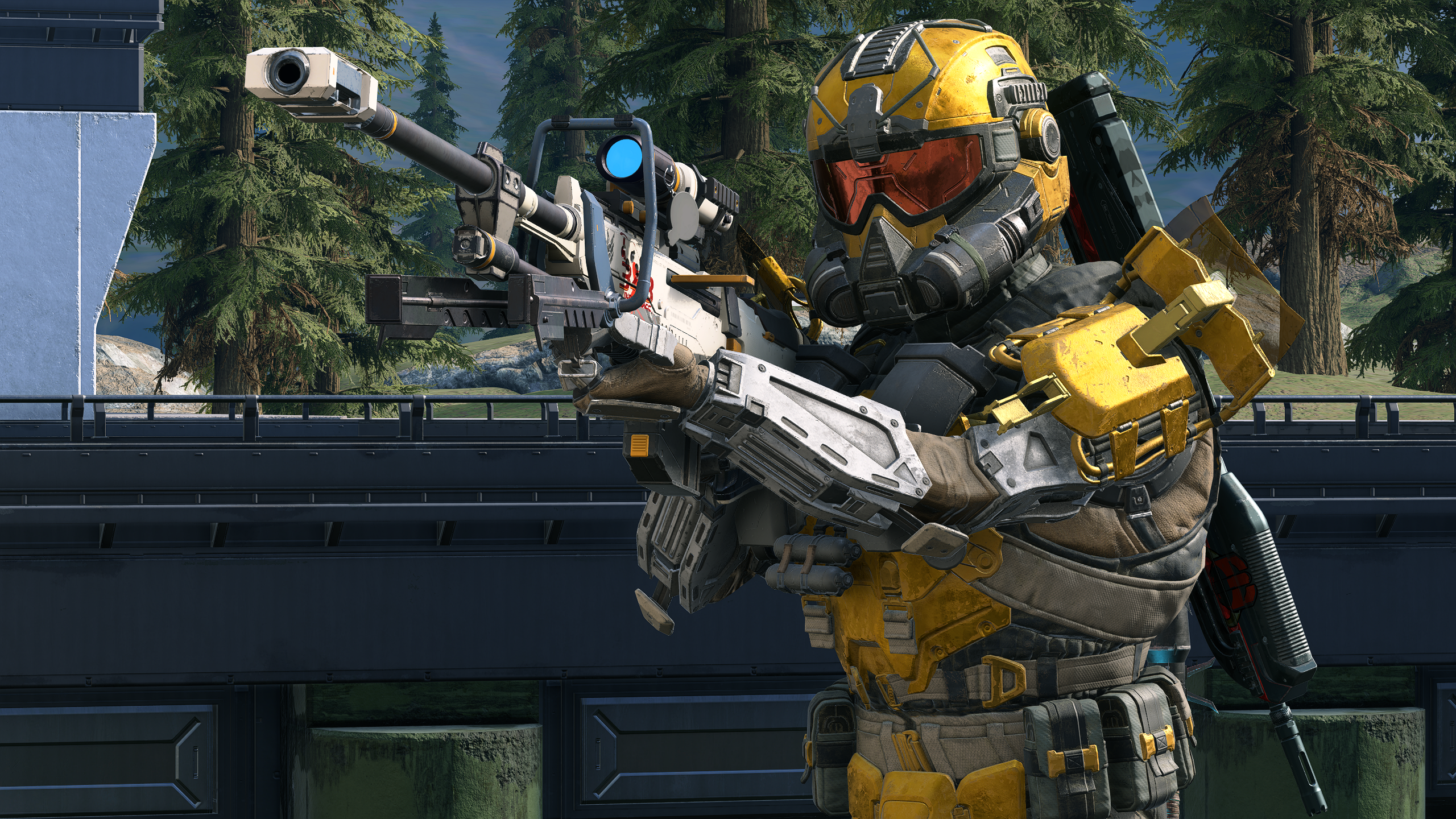
Improved ban logic in uneven Ranked matches
Currently anyone who quits will receive a “flag” and getting too many flags in a short period of time will result in a ban. We’re updating the rules so that only the first person to quit will receive a flag. Everyone else in the game may quit without fear of getting banned.
A couple notes on this:
- Network disconnects count as quits. Unfortunately, if they didn’t, bad actors could just pull their network cables when they wanted to quit.
- Other offenses like cheating, team killing, or going idle will still always result in a flag regardless of whether others have quit.
Improved CSR logic during uneven Ranked matches
Currently anyone who quits a ranked game will lose 15 CSR points, regardless of when they quit or whether others quit first. We’re changing the rules so that the first person to quit will always lose 15 CSR points, but if that first person quits early in the game, the CSR losses and gains for everyone else will be capped at +/- 5 CSR points. That means anyone who leaves the match after an "early quitter" will only lose 5 CSR points.
A few more notes about specifics here:
- “Early in the game” means the first couple minutes
- As covered above, network disconnects count as quits
We’re limiting the first person quit timer for this CSR logic to prevent potential abuse of this new rule. If the timer goes too late into a match, one player could quit after noticing the game wasn’t going their way just to reduce the CSR impact on their teammates.
We believe we’ve landed on a good time window, but we’ll monitor these updated rules around ban flags and quitting to make sure they land well out in the wild.
Additionally, come the Winter Update, we will reset CSR ranks so that we can give everyone a fresh start in Ranked with all these updates.

Future Matchmaking Improvements
Clearer display of CSR changes
In addition to making the size of CSR changes more sensible, we are making changes to the in-game UI so that it’s easier to see how many points you actually gained or lost after a game. Instead of just showing a visual progress bar for your rank, we’ll also show your current CSR, the CSR value for the next rank, and your CSR progress in your most recent game, all as numbers.
CSR-based matchmaking
Last, but certainly not least, we are also working on an update to Ranked matchmaking that will primarily match players based on their current CSR. Our existing system matches purely based on skill rating (MMR), which is closely tied to CSR, but led to some confusion when viewing the ranks in the Post-Game Carnage Report.
Even though our system will still know your MMR and it’s still the underlying basis of CSR, we expect that this new approach, combined with the CSR improvements landing in the Winter Update, will make matchmaking feel fairer and more focused on winning rather than in-game performance.
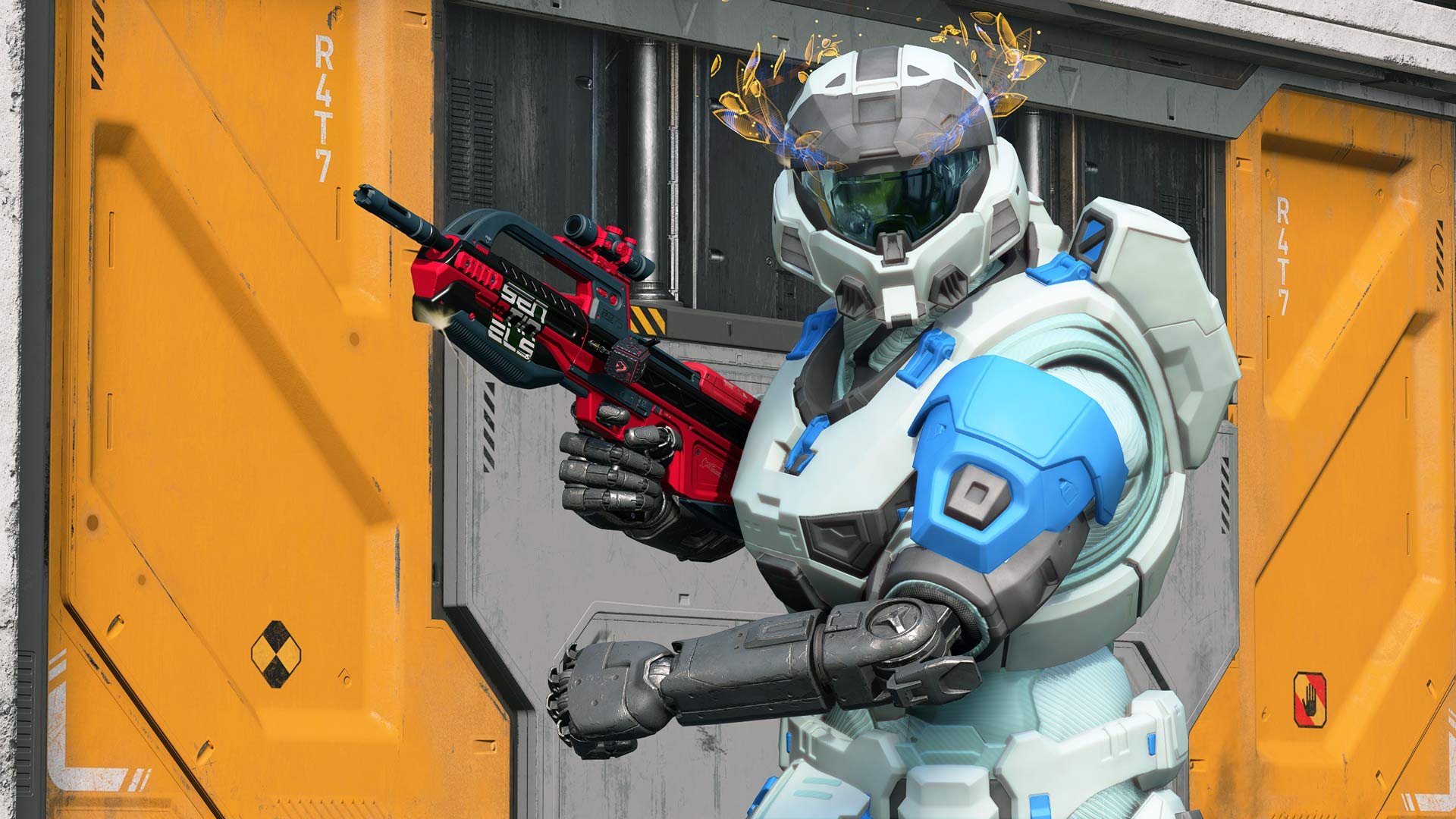
Our team is constantly energized by your passion and input on the matchmaking experience in Halo Infinite, and we’re excited to bring you these improvements in the Winter Update on November 8th and November 10th.
Stay tuned here on Halo Waypoint for more updates on matchmaking in the future as well.
We’ll see you online!
